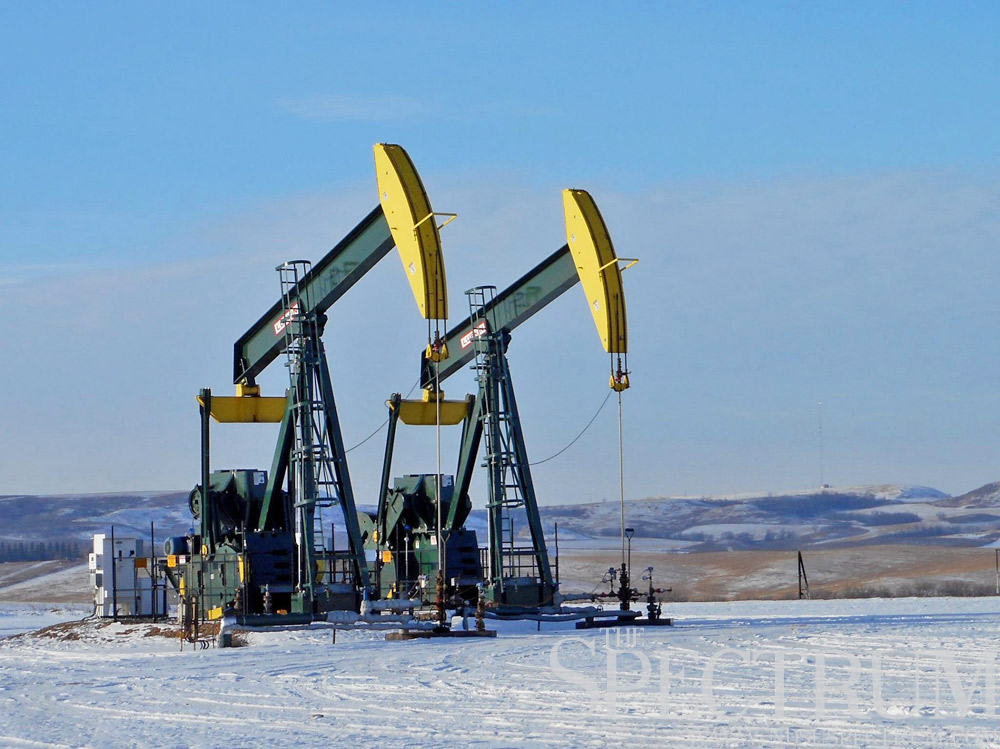North Dakota’s recent economic boom was, for a large part, due to the opening of the Bakken oil fields. This led to North Dakota becoming one of the main producers of fossil fuels in the United States. The process of bringing up the oil is not standard, however.
The oil is obtained by hydraulic fracturing, often referred to as fracking. This is the process of delivering high-pressure liquids into fissures below the earth. This forces the natural gas up out from the earth. There are some downsides to this process, one of which is the radioactive waste that it produces.
This waste comes from sludge and other naturally occurring radioactive materials in the ground that are forced out when the high-pressure water is forced into the fissures. Some of the materials that surface have half-lives of many millennia. This means that any materials dumped will continue to contaminate the earth for thousands of years.
Before Jan. 1, 2016, there were very tight restrictions and codes on how the dumping of radioactive materials were handled. Much of the material was transferred to Montana for dumping, as their restrictions were much more lax than that of North Dakota’s. This all changed Jan. 1, 2016 when Montana deregulated the laws around dumping radioactive material. This led to more companies disposing of their materials in North Dakota.
Vincent Burkhardt, a professor of emergency management at NDSU, has been in the field mitigating and responding to disasters before. He said that the danger of this radioactive material is dependent on the location.
“If it was in downtown Fargo … and a containment breach happened, there is not much you can do but wait.”
However, he also said that these dangerous substances probably won’t be anywhere near Fargo due to the size of the population. If the unthinkable happened in Fargo, he said we’d be ready.
“A lot of the preparedness is as specialized as it can be … there are regular hazmat drills.”
